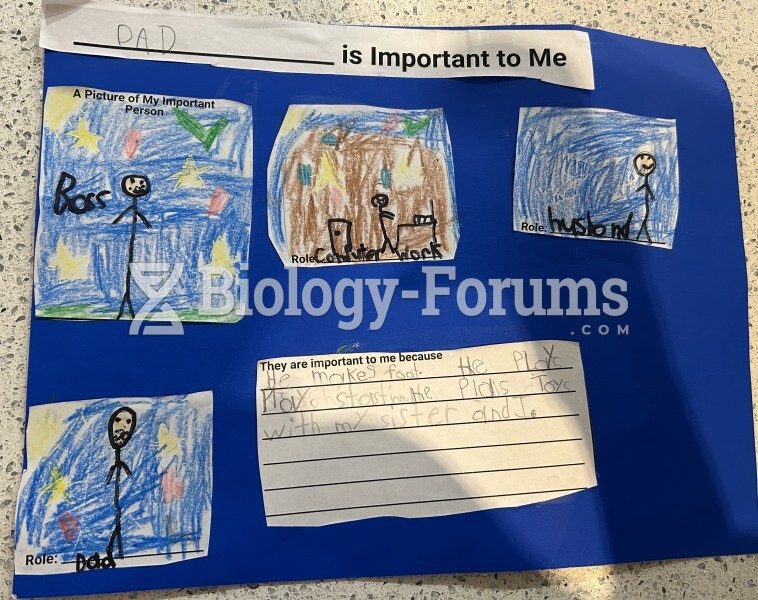Answer to Question 1
D. Renowned narrator or lead actors
Answer to Question 2
There can be many challenges for teachers who want to participate in PD and for those who want to work toward change based on their PD experiences. However, for each barrier there are a variety of possible solutions, as demonstrated below.
Time. Sometimes teachers are unaware of technologies that can make their classrooms contexts more effective and efficient learning environments; sometimes, when they do know, the belief that learning to use these technologies will take longer than it is worth stops them from trying. According to Cook and Fine (1997a), time is the most crucial barrier to teacher development. This may be in part because teachers and others in the educational community see PD as something that individual teachers have to set aside large chunks of time for. But Cook and Fine state that for PD to be effective it must become part of the daily work life of educators. In other words, time must be made by schools and districts and a community culture developed that not only allows ongoing learning but supports it as much as possible. Piexotto and Pager (1998 ) suggest some useful and effective ways to provide the time necessary for sustained PD experiences:
restructure the school calendar,
use permanent substitutes, and
schedule common planning time.
In the end, it may come down to a tradeoff spend time learning to then teach more efficiently and effectively.
Access. Teachers cannot use technology to which they do not have access, and some teachers cannot access it as often or as well as they would like. Without access to technology teachers also cannot practice new skills. Examples throughout this book and the cases in Rodriguez and Knuth (2000 ) provide examples of how administrators, teachers, and other stakeholders can work together to make sure that teachers have the access they need. Many teachers who have not been able to secure access to school and district resources have obtained their own technology funding through grants available from a wide array of organizations.
Knowledge. As previously noted, there are many sources of information for teacher PD in technology-supported learning. However, sometimes local resources are the most useful. For example,
Students. Often students have technical know-how that teachers do not and can provide instruction for their whole class. Coughlin and Lemke (1999 ) propose that schools develop student support specialists who receive training before and after school for a specific amount of time and then obtain a special status and limited access to the school network. Their identifying badges let peers know who they can call on for help and let the teacher know who she can count on for on-the-spot instruction.
Colleagues and other staff members. In-school staff may have a just-in-time answer that can save the teacher from frustrating waits from technical support people.
Teachers' guides. Guides that accompany and support software packages often focus on process and provide many additional relevant activities.
Local conferences, workshops, and in-services. Many school districts, professional organizations, and state education agencies offer workshops, seminars, and conferences that either focus on technology or have a technology strand.
Working with parents. Parents, community volunteers, school library media specialists, and school technology coordinators can also be excellent sources of knowledge and support. Communicating with parents, particularly helping them to understand technology use in schools, takes time and thought. Getting parents on board with technology PD can sometimes be a struggle.







